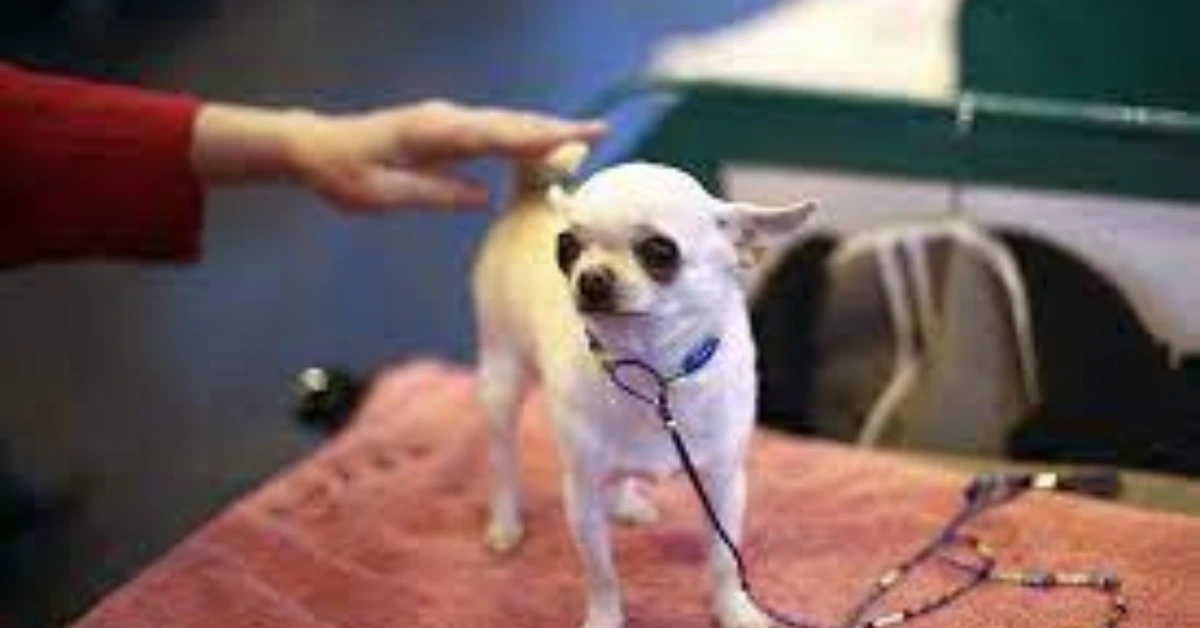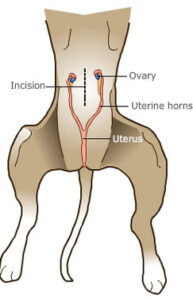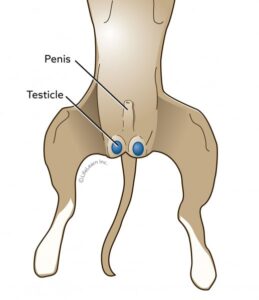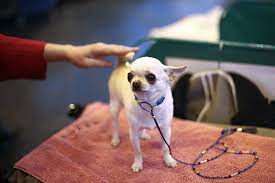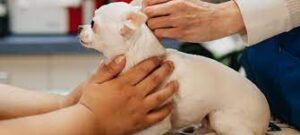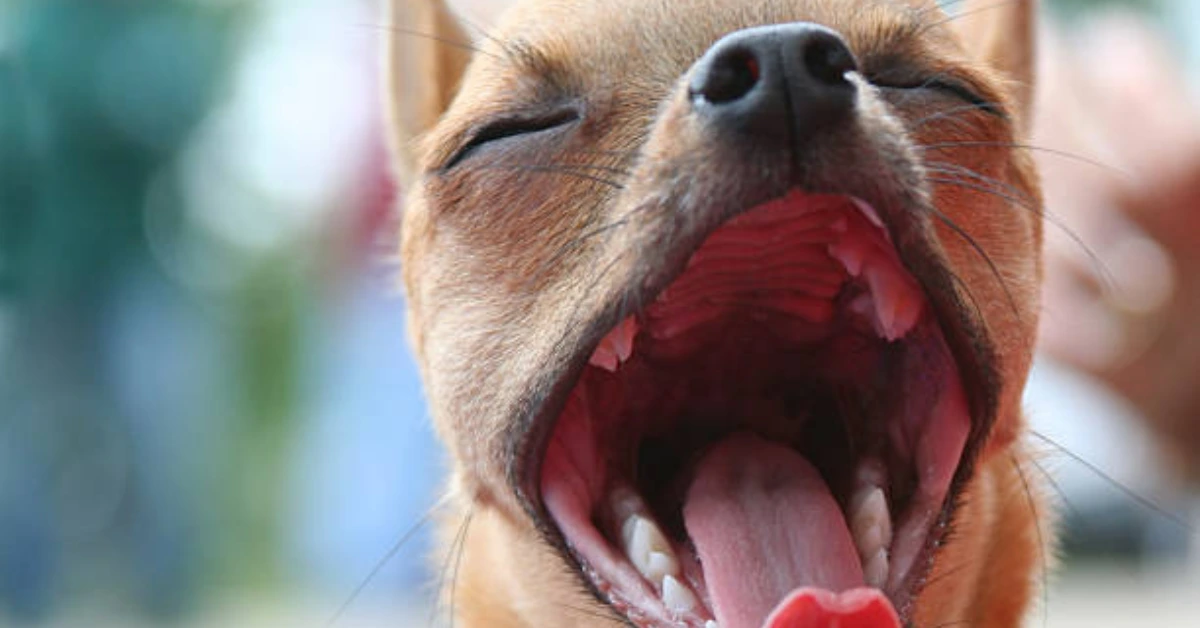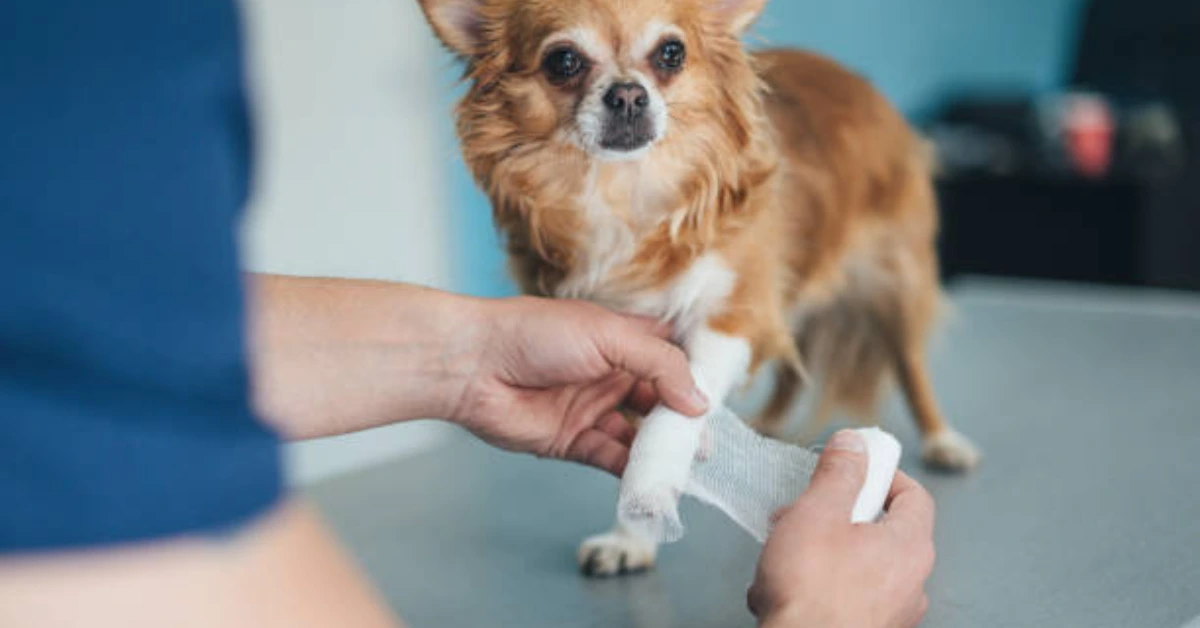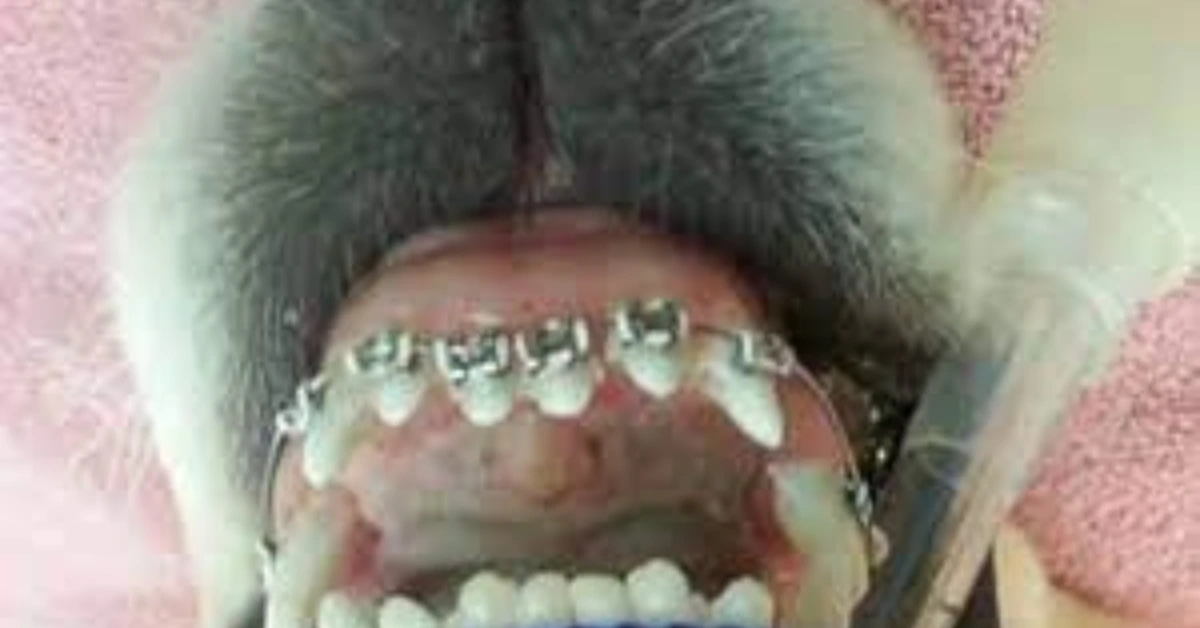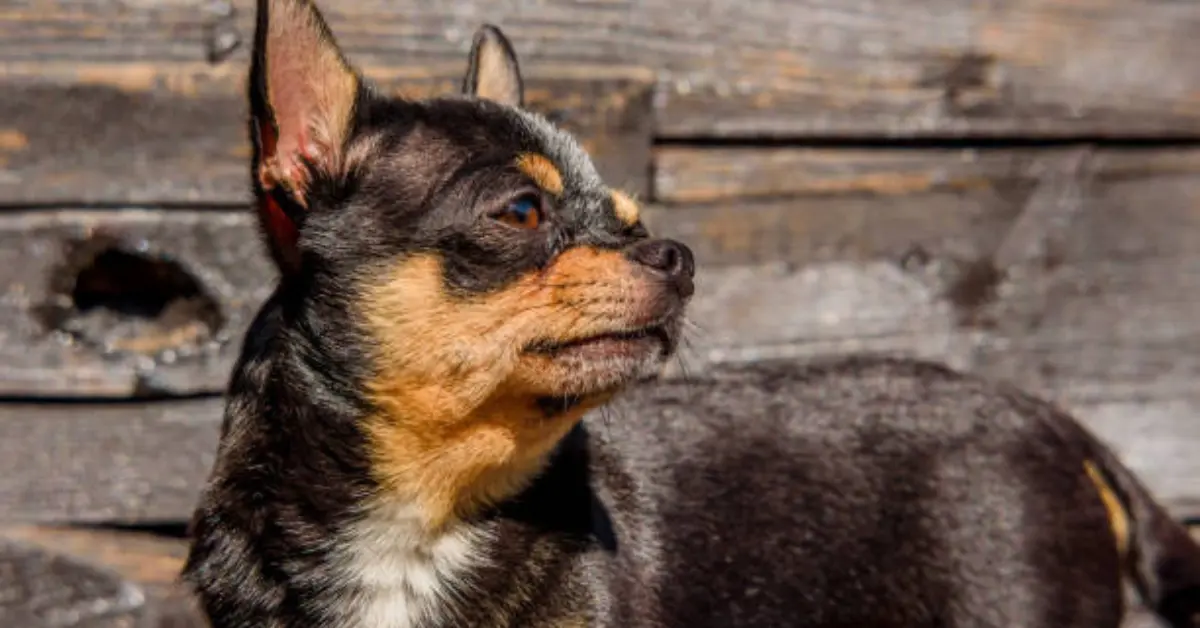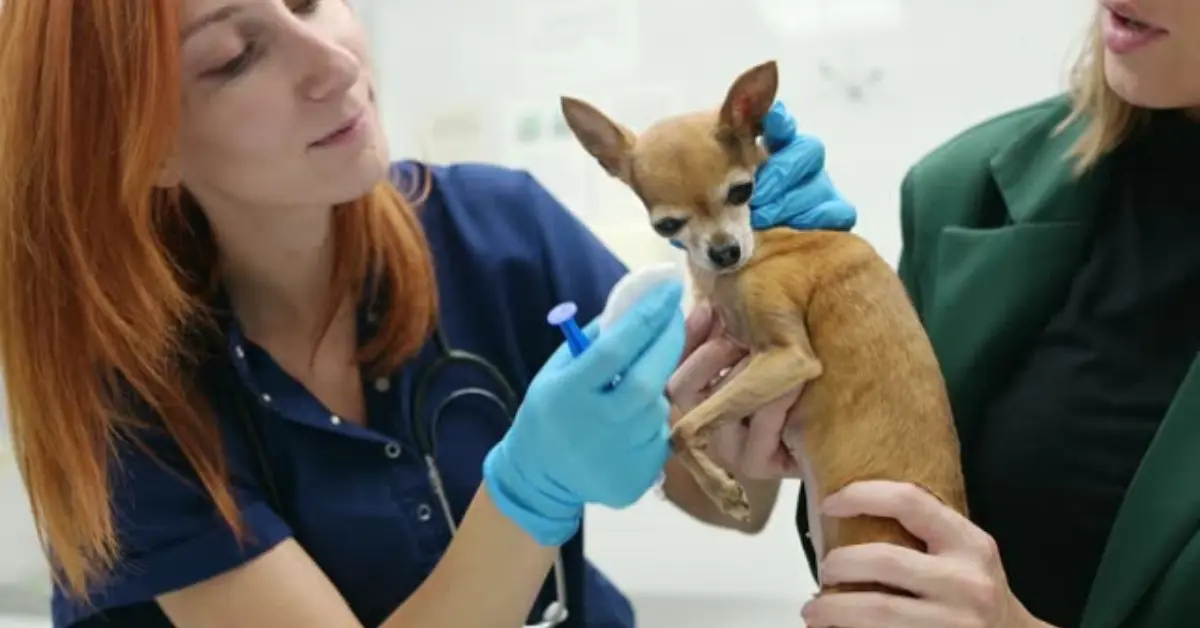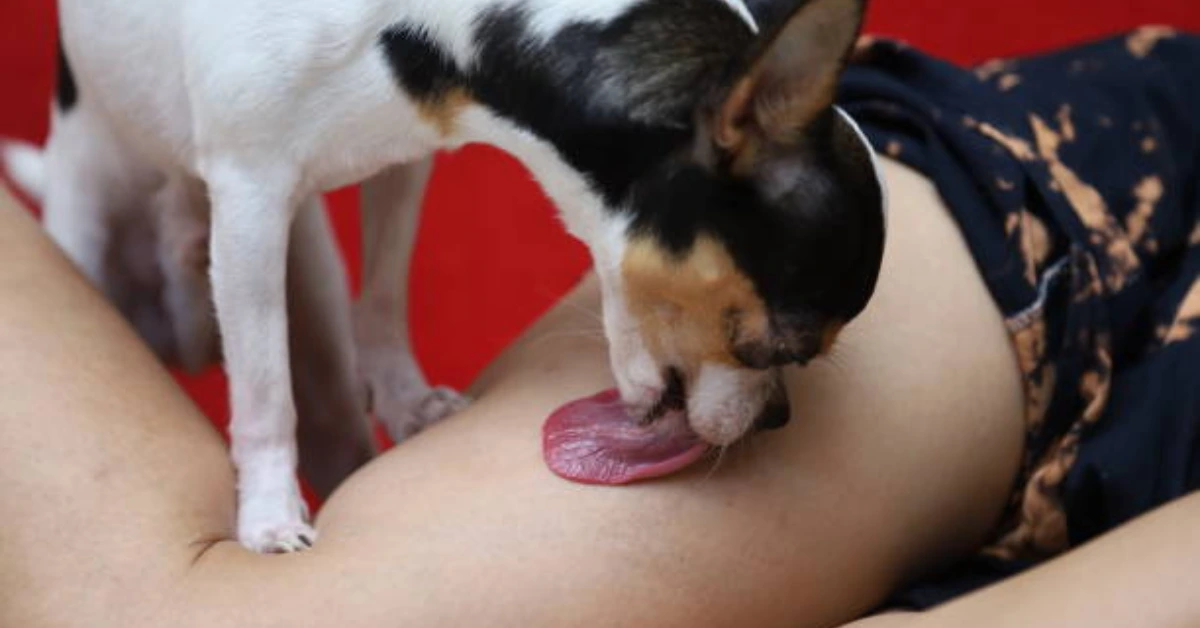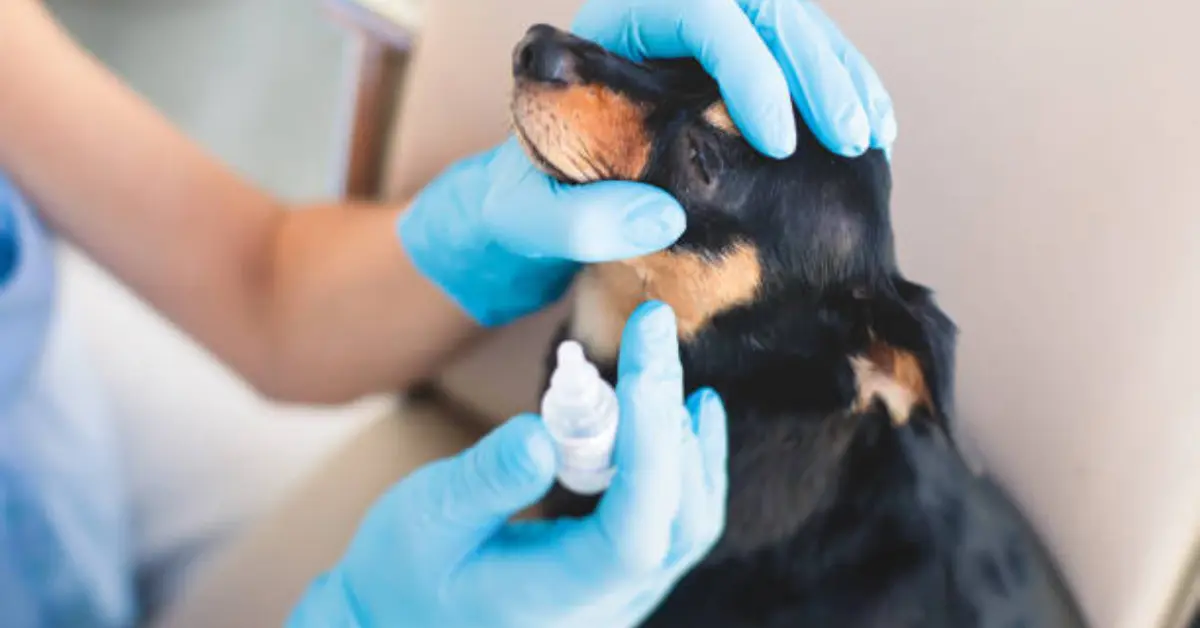Many owners don’t seem to understand how important it is to neuter or spay their Chihuahuas. Future concerns like spaying and neutering can easily slip your mind when you are searching for the ideal puppy for your family. Regretfully, this means that a significant proportion of Chihuahuas grow up unfixed. In actuality, there are numerous justifications for spaying or neutering your Chihuahua.
Some owners continue to hold the outdated belief that spaying and neutering Chihuahuas is wrong because it causes pain and unnecessary stress. Although there have been a few isolated cases of infections developing following surgery, they are not common. One of the greatest choices you can make for your dog’s health and well-being, according to the American Humane Society, is to have them fixed. Professional veterinarians, for the most part, concur that spaying and neutering dogs is a safe and healthy treatment that dog owners ought to have done.
The Definition Of Spaying And Neutering
here is the exact definition of spaying and neutering
Advertisement
What is Spaying?
Getting your Chihuahua spayed to avoid the possibility of getting pregnant is similar to a female undergoing a hysterectomy. The vet will remove the uterus and ovaries together.
While experts advise removing both ovaries to prevent cancer, some veterinarians merely remove the ovaries.
The abdomen will have a little incision done while under anesthetic. The whole process takes thirty to forty minutes. The majority of canines can leave the clinic that day.
What is neutering?
The technique of neutering a male Chihuahua involves extracting his testicles. The “insides” of the sac containing the testicles will be removed, but the sac itself will stay in place. Since the sacs are bloated and still appear full, a dog owner may not notice much of a difference when this is first done.
With time, the Chihuahua’s base of the penis will become less swollen, leaving only a few little patches of skin. While this is being done, your dog will be given anesthetics to put them to sleep, and the region where the cuts are made will be stitched.
Is Neutering and Spaying Required?
The advantages of neutering or spaying your Chihuahua exceed the cons by a wide margin. Having said that, there are a few unique situations in which you might wish to forego the surgery. It seems sense that you wouldn’t want your Chihuahuas corrected if you intended to breed them in the future. Naturally, this is a significant choice that ought not to be made hastily. It will take a lot of time and money to breed a Chihuahua, and in today’s hectic world, those things are hard to come by.
If your veterinarian suggests against spaying or neutering your Chihuahua, that’s another situation in which you might want to hold off. A veterinarian could advise against spaying or neutering your Chihuahua if they have a damaged immune system, are too young or old, or have any other underlying medical issue. In contrast to popular belief, there is no such thing as a dog that is too small for repair. For the sake of your Chihuahua’s safety and well-being, always heed the advice of your veterinarian.
Important Information About Spaying And Neutering Your Chihuahua
The Optimal Age for Spaying a Chihuahua
A few vets advise spaying before the first heat. The early spaying of a pet has numerous advantages.
The danger of breast cancer is significantly decreased when done before the onset of heat.
Research indicates that the chance of malignancies increases if the procedure is performed after the second cycle. A girl will have a 1 in 4 probability of developing this type of cancer if she enters and exits the process four seasons prior.
Because of this, you have to spay your Chihuahua when it is between 8 weeks and 3 months old.
The three-month mark is a safe age for this breed because puberty can occur at any moment between the ages of four and seven months.
Delaying this can be necessary if the Chihuahua is underweight and has weight problems. In those situations, it could be a good idea to postpone this until the puppy has gained enough weight to make them more resilient to the anesthesia and the entire procedure.
The Optimal Age for Neutering a Chihuahua
Between the ages of eight weeks and six months is the ideal time to neuter a Chihuahua. This is due to a few factors. A small number of studies have indicated that neutering a male at 6 weeks of life or younger results in slightly shorter legs and less muscle development than usual.
Furthermore, some research has indicated that early neutering has some adverse effects on the joints; however, it should be highlighted that these effects were limited to large breed dogs, meaning the Chihuahua would not be impacted in any way.
On the other hand, it’s thought that by the time a dog reaches the six-month mark, its habits have already been formed to such an extent that neutering a male dog might not have the whole expected effect.
It is therefore advised to neuter a male Chihuahua between the ages of two and six months. This allows you to get the treatment done before behavior patterns take hold and prevent any potential issues associated with very early-age surgeries.
Spay Recovery
Recovery for female canines in good health and without unanticipated consequences is typically surprisingly quick. In seven to ten days, a female Chihuahua will recuperate. Due to potential anesthesia-induced nausea, the dog may be drowsy and/or reluctant to eat during the first twenty-four hours.
Some redness and mild swelling are possible.
During the first week, it will be crucial to maintain the incision site clean and to examine it once a day. To keep the incision closed, your vet may employ surgical glue or absorbable adhesive. After a week, skin stitches will be taken out for the others. Seven days later, your vet will do a checkup.
Notifying your dog’s veterinarian right away if you notice any redness or swelling around the stitches is important since this could signal the start of an infection.
Neuter Recovery
It will take ten to fourteen days for the skin sutures on a male Chihuahua to heal. You should prevent running and other forms of activity during this time. You can walk on a leash slowly to moderately. In addition, since the region needs to stay dry to avoid bacterial infection, you should not bathe the dog. The veterinarian will remove the stitches after this time of 10 to 14 days.
While some dogs exhibit pain and discomfort, many dogs function incredibly well and exhibit very little discomfort. If the owner seems to require pain medication, the veterinarian may prescribe some and send them home, or they may ask them to call.
Advantages Of Neutering
There are reasonable justifications for neutering a male dog. Others believe that suppressing a dog’s estrogen cravings is inappropriate. Dogs, however, do not mate for sexual satisfaction. Mating is a natural canine impulse that frequently results in unplanned puppies that can be challenging to raise. Other noteworthy benefits are:
- Diminished hostility
- Diminished inclination to roam
- Enhanced focus – Research indicates that because fixed dogs are not continually distracted by pheromone cues, they have a longer attention span, which is beneficial for house and command training as well as ongoing obedience throughout the dog’s life.
- removes hernias
- decreased chance of perianal tumors, which are tumors that grow around the anus and are promoted by testosterone.
- Fewer prostrate problems: Prostate problems, such as enlargement, cysts, and infections, affect 80% of male dogs who are not neutered.
Advantages Of Spaying
There are many good reasons to have your female Chihuahua spayed, but cancer prevention is the main one. The following justifies spaying a Chihuahua:
- removes the possibility of ovarian cancer
- reduces the chance of breast cancer, especially if surgery was before the first heat
- It interrupts the heat cycle, which includes fluctuations in mood, potential discomfort, discharge, increased hair loss, and, of course, the ability to become pregnant and susceptible to males.
- removes the chance of pregnancy, which can be dangerous for the Chihuahua breed. This is because there is a higher chance of requiring a C-section. Also, two harmful pregnancy-related conditions include hypocalcemia and eclampsia.
The Dangers of Neutering and Spaying
The majority of vets concur that the advantages outweigh the drawbacks. But there are a few potential hazards that each owner should be aware of:
Known Risks
Female urinary incontinence. Female spayed animals tend to have a higher incidence of urine incontinence, or weak bladders. About 20% of female spayed dogs will experience incontinence at some point in their lives. Incontinence may appear immediately following the operation or years later. Many veterinarians advise delaying until the puppy is three months old to reduce the likelihood of developing this later.
Potential Dangers
Many veterinary professionals acknowledge that there is insufficient data to determine whether any of the concerns mentioned above are real.
• Heart tumors. This is an issue that is hotly debated. Just about one study found, as of the time this was written, that spaying and neutering raised the incidence of cardiac tumors; the risk was four times higher for females and only slightly higher for males.
• A higher incidence of other malignancies. Again, there is a lot of disagreement on this. Spaying and neutering help prevent cancer, according to certain research. Other research indicates that it raises the danger. In particular, several studies have found that spaying and neutering reduces the risk of developing osteosarcoma, a type of bone cancer, bladder, and prostate cancer, and lymphoma.
• A growth-plate closure delay. This is the term used to describe growth plates that close later than usual, potentially increasing the risk of bone fractures. Additionally, a dog may end up being slightly bigger than they otherwise would. Veterinarians who concur outnumber those who disagree. The prevailing consensus is that growth plates can close 12 to 18 months later, but this only results in a millimeter difference in X-rays.
Myths Regarding Neutering and Spaying
- A dog that has been neutered will inevitably become melancholy, weak, or less active. It’s a myth.
According to studies, male dogs do not engage in any mating behavior unless a female dog in heat triggers their hormones to cause them to do so. A neutered dog does not find it bothersome that he is unable to mate because the impulse is gone. A male dog will perform normally when it comes to activities and will have the stamina to work out.
- A dog will inevitably gain weight and/or become lethargic. It’s a myth. Dogs who receive the right nutrition and exercise shouldn’t have any appreciable changes in their weight or level of activity.
How much does it cost to spay or neuter a Chihuahua?
Prices will differ, but because spaying involves a considerably more involved procedure than neutering, it will cost more. Since competent veterinarians are aware of the significant health benefits of having this done, many clinics will provide payment plans or low-cost options.
A Chihuahua’s neutering cost can range from $40 to 75 under a discounted rate scheme, and it can reach $150 without one.
Depending on the program, spaying a female Chihuahua can cost between $50 and $100, but it can cost up to $200 without it.
YOU MAY ALSO LIKE:
How to Care for Your Chihuahua After Surgery
Advertisement

